Species Photo Gallery for Cixius nervosus No Common Name 46 |
 | Photo by: B. Bockhahn
Macon Co.
Comment: |  | Photo by: B. Bockhahn
Macon Co.
Comment: |
 | Photo by: Rob Van Epps
Ashe Co.
Comment: Caught sweeping in a weedy, grassy field. | 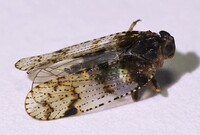 | Photo by: Rob Van Epps
Ashe Co.
Comment: Caught sweeping in a weedy, grassy field. |
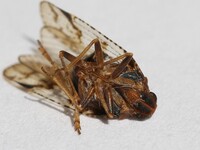 | Photo by: Rob Van Epps
Ashe Co.
Comment: Caught sweeping in a weedy, grassy field. |  | Photo by: Ted Wilcox
Watauga Co.
Comment: unid_planthopper |
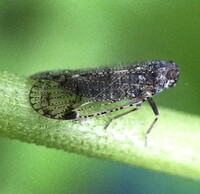 | Photo by: Ted Wilcox
Watauga Co.
Comment: unid_planthopper | 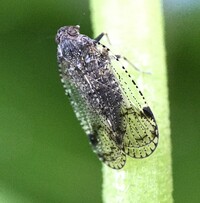 | Photo by: Ted Wilcox
Watauga Co.
Comment: unid_planthopper |
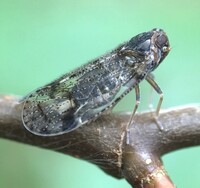 | Photo by: Ted Wilcox
Watauga Co.
Comment: unid_planthopper | 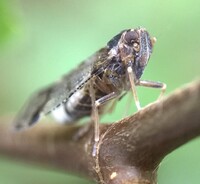 | Photo by: Ted Wilcox
Watauga Co.
Comment: unid_planthopper |
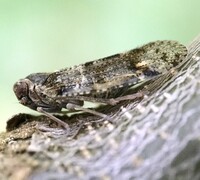 | Photo by: Ted Wilcox
Watauga Co.
Comment: unid_planthopper | 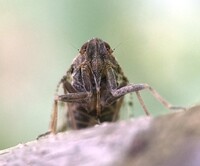 | Photo by: Ted Wilcox
Watauga Co.
Comment: unid_planthopper |
 | Photo by: Ted Wilcox
Watauga Co.
Comment: unid_planthopper | 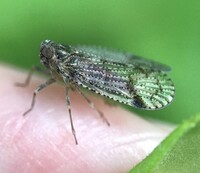 | Photo by: Ted Wilcox
Watauga Co.
Comment: unid_planthopper |
 | Photo by: Ted Wilcox
Watauga Co.
Comment: unid_planthopper | 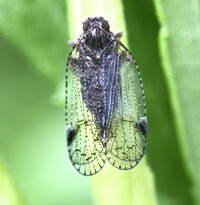 | Photo by: Ted Wilcox
Watauga Co.
Comment: unid_planthopper |
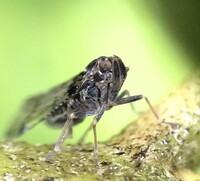 | Photo by: Ted Wilcox
Watauga Co.
Comment: unid_planthopper | 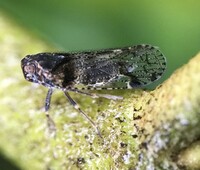 | Photo by: Ted Wilcox
Watauga Co.
Comment: unid_planthopper |
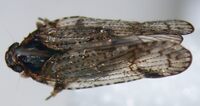 | Photo by: Bo Sullivan
Ashe Co.
Comment: male, 7.0 mm |  | Photo by: Bo Sullivan
Ashe Co.
Comment: male, 7.0 mm |
 | Photo by: Bo Sullivan
Ashe Co.
Comment: male, 7.0 mm | 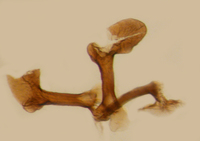 | Photo by: Bo Sullivan
Ashe Co.
Comment: male, 7.0 mm |
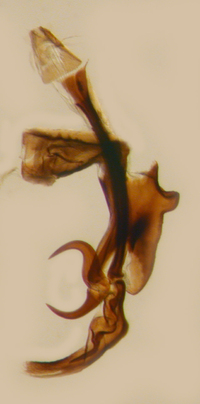 | Photo by: Bo Sullivan
Ashe Co.
Comment: male, 7.0 mm | 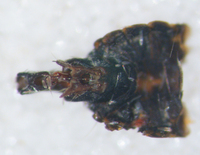 | Photo by: Bo Sullivan
Ashe Co.
Comment: male, 7.0 mm |
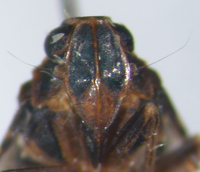 | Photo by: Bo Sullivan
Ashe Co.
Comment: male, 7.0 mm | 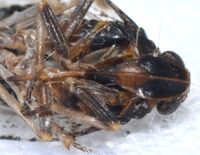 | Photo by: Bo Sullivan
Ashe Co.
Comment: photographed by K. Kittelberger; confirmed via specimen by C. Bartlett |
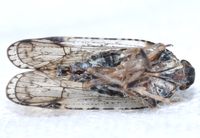 | Photo by: Bo Sullivan
Ashe Co.
Comment: photographed by K. Kittelberger; |  | Photo by: Bo Sullivan
Ashe Co.
Comment: photographed by K. Kittelberger; |
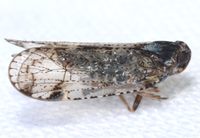 | Photo by: Bo Sullivan
Ashe Co.
Comment: photographed by K. Kittelberger; | 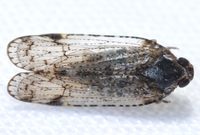 | Photo by: Bo Sullivan
Ashe Co.
Comment: photographed by K. Kittelberger; |
 | Photo by: Bo Sullivan
Ashe Co.
Comment: photographed by K. Kittelberger; | 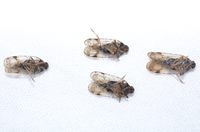 | Photo by: Bo Sullivan
Ashe Co.
Comment: photographed by K. Kittelberger; |
 | Photo by: Bo Sullivan
Ashe Co.
Comment: photographed by K. Kittelberger; | 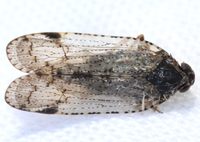 | Photo by: Bo Sullivan
Ashe Co.
Comment: photographed by K. Kittelberger; |
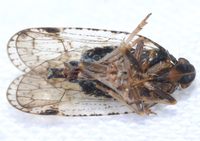 | Photo by: Bo Sullivan
Ashe Co.
Comment: photographed by K. Kittelberger; |  | Photo by: Bo Sullivan
Ashe Co.
Comment: photographed by K. Kittelberger; |
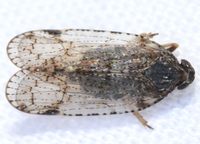 | Photo by: Bo Sullivan
Ashe Co.
Comment: photographed by K. Kittelberger | 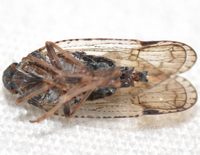 | Photo by: Kyle Kittelberger
Ashe Co.
Comment: collected by Bo Sullivan; male, |
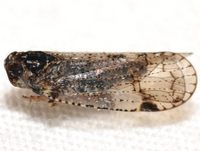 | Photo by: Kyle Kittelberger
Ashe Co.
Comment: collected by Bo Sullivan; male, 7.1 mm |  | Photo by: Kyle Kittelberger
Ashe Co.
Comment: collected by Bo Sullivan; male, |
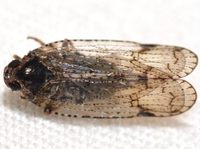 | Photo by: Kyle Kittelberger
Ashe Co.
Comment: collected by Bo Sullivan; male, 7.1 mm | 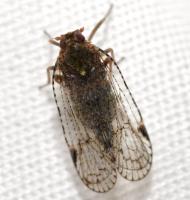 | Photo by: Kyle Kittelberger, Brian Bockhahn, Paul Scharf
Avery Co.
Comment: open area near mixed hardwood forest |
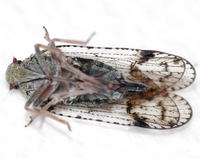 | Photo by: Kyle Kittelberger, Brian Bockhahn, Paul Scharf
Avery Co.
Comment: grassy, open area with shrubby vegetation and mixed forest nearby; male | 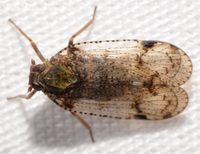 | Photo by: Kyle Kittelberger, Brian Bockhahn, Paul Scharf
Avery Co.
Comment: open area near mixed hardwood forest |
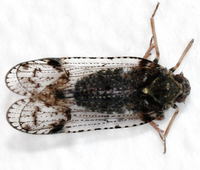 | Photo by: Kyle Kittelberger, Brian Bockhahn, Paul Scharf
Avery Co.
Comment: grassy, open area with shrubby vegetation and mixed forest nearby | 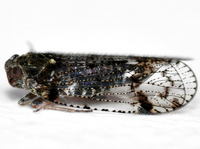 | Photo by: Kyle Kittelberger, Brian Bockhahn, Paul Scharf
Avery Co.
Comment: grassy, open area with shrubby vegetation and mixed forest nearby |
|

 »
»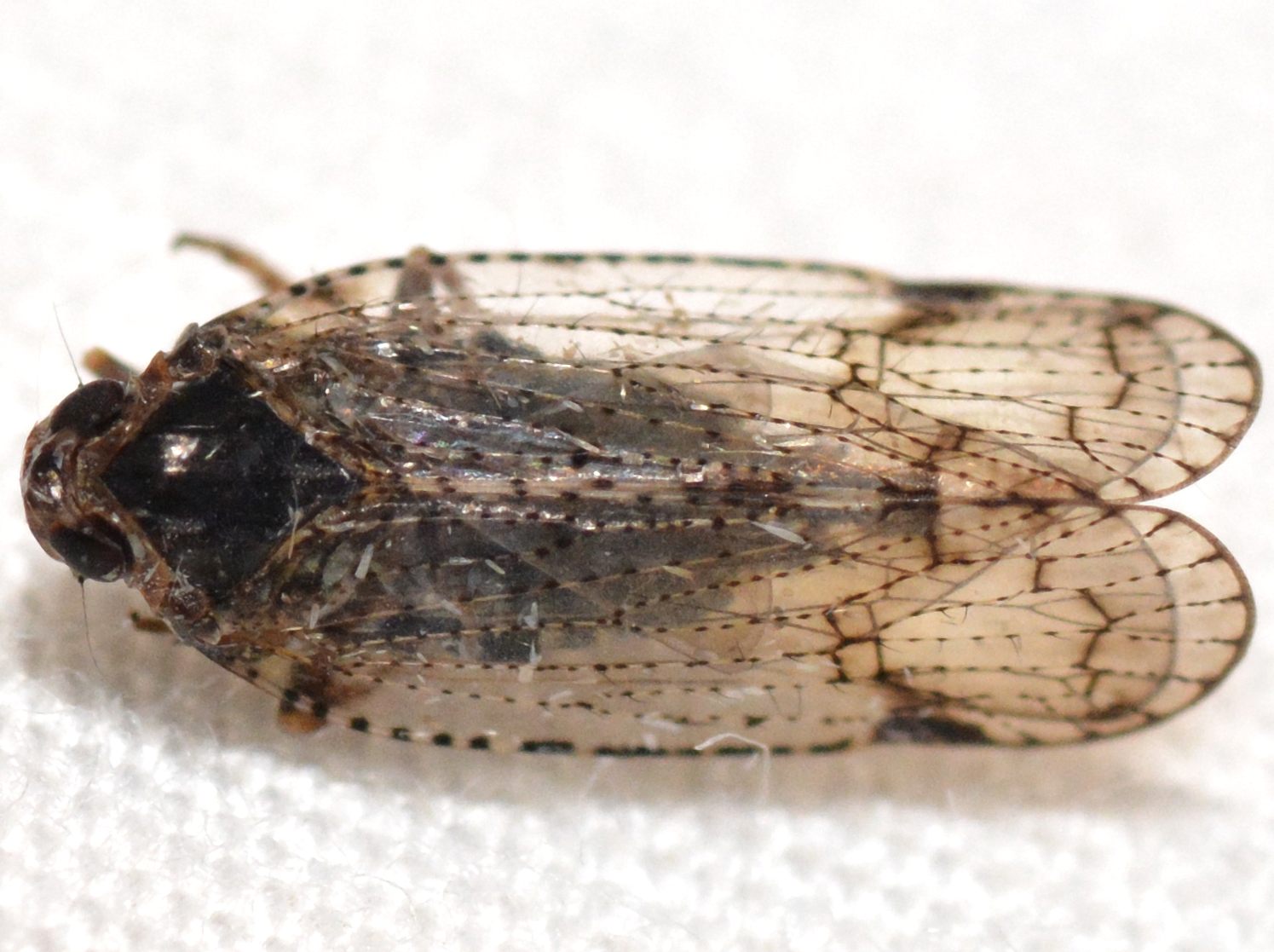

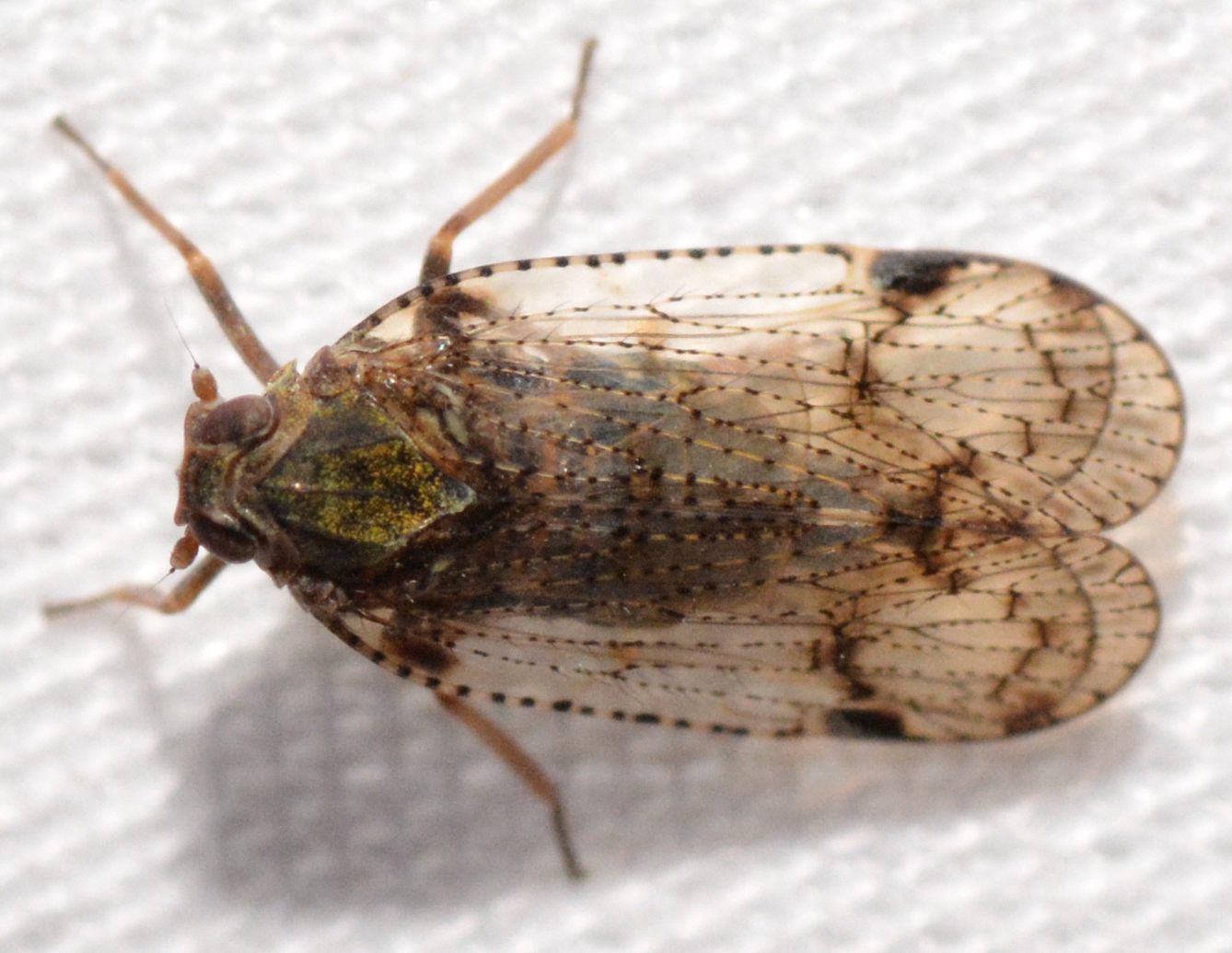
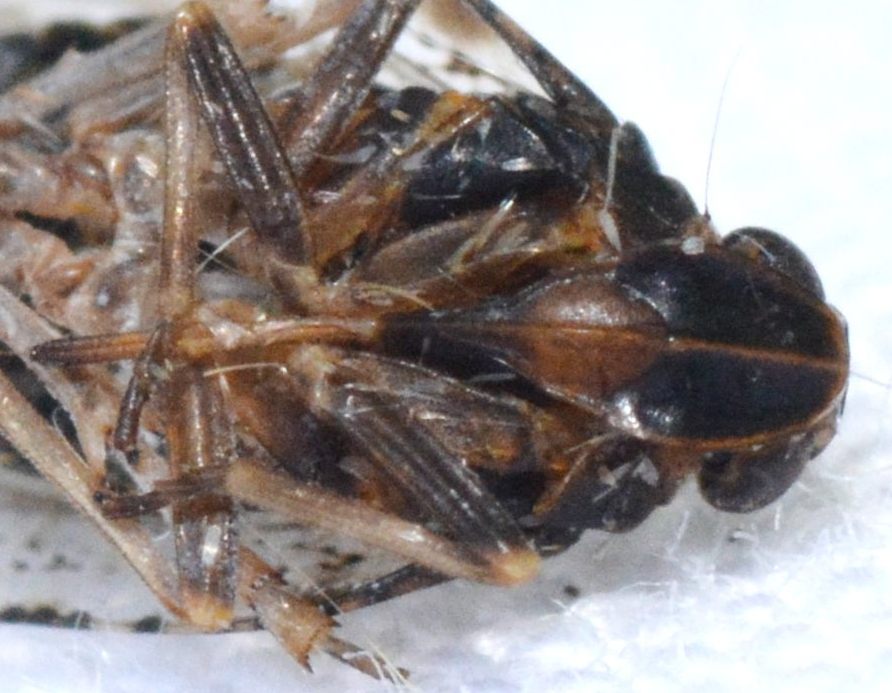

 »
»


